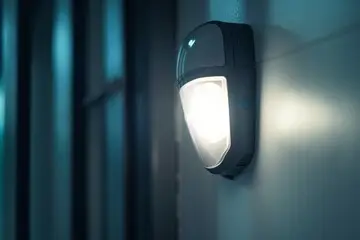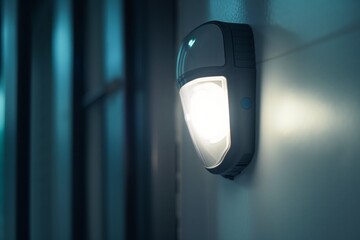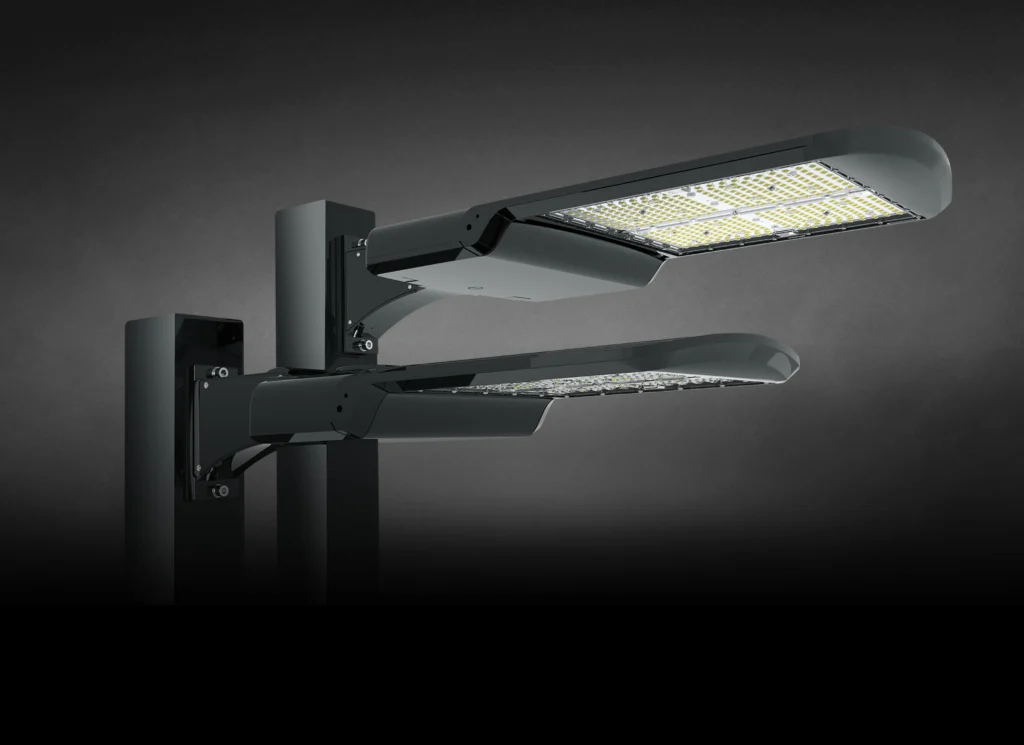A Complete Guide to Motion Sensor Technologies
Motion sensors play a vital role in security, automation, and energy efficiency, powering everything from smart home lighting systems to advanced intrusion detection. However, motion sensors do not all function the same way. Different technologies offer distinct advantages depending on the application. Understanding these differences is essential to selecting the best motion sensor for your specific needs. This guide explores the most common motion sensor technologies, their functionality, and their ideal use cases while also providing insights into emerging advancements in the field.
Types of Motion Sensor Technologies
1. Passive Infrared (PIR) Sensors
- How They Work: Detects motion by sensing changes in infrared (heat) energy within an environment, unlike microwave sensors, which rely on emitted waves, or ultrasonic sensors, which use sound waves for detection.
- Best Applications:
- Home security systems
- Outdoor lighting automation
- Office occupancy sensors
- Motion-activated surveillance cameras
- Pros:
- Energy-efficient
- Cost-effective
- Low false alarm rate
- Works well in controlled indoor environments
- Cons:
- Limited range (~30 feet)
- Ineffective behind glass or solid obstructions
- Less effective in fluctuating temperature environments
2. Microwave (MW) Sensors
- How They Work: Emits microwave pulses and analyzes reflected waves to detect movement.
- Best Applications:
- Industrial security systems
- High-traffic commercial spaces
- Large outdoor areas
- Motion detection in automated industrial equipment
- Pros:
- Detects motion through walls and solid objects
- Covers a wider range than PIR (~50-100 feet)
- Works well in environments with limited direct visibility
- Cons:
- Higher power consumption compared to PIR sensors, which are more energy-efficient and often battery-powered.
- Susceptible to interference from electrical signals
- Potential for false alarms in areas with heavy electromagnetic activity
3. Ultrasonic Sensors
- How They Work: Uses high-frequency sound waves that bounce off objects to detect movement.
- Best Applications:
- Automated doors
- Hands-free faucets and dispensers
- Medical facilities
- Robotics and automation industries
- Pros:
- Extremely sensitive to movement
- Effective in enclosed spaces
- Can detect stationary objects if movement occurs around them
- Cons:
- Can be triggered by non-human motion (e.g., airflow or vibrations), which may lead to false activations in environments like offices or hospitals where controlled airflow is common.
- More expensive than PIR sensors
- May struggle with detecting motion at long distances
4. Dual Technology Sensors (PIR + MW or PIR + Ultrasonic)
- How They Work: Combines two detection technologies to improve accuracy and minimize false alarms.
- Best Applications:
- High-security environments
- Commercial buildings
- Large warehouses
- Environments requiring highly accurate motion detection
- Pros:
- More reliable and accurate motion detection
- Reduces false positives
- Ideal for environments with variable lighting or temperature conditions
- Cons:
- Higher cost
- Requires precise placement for optimal performance
- Can be complex to install and configure
How to Choose the Right Motion Sensor Technology
When selecting a motion sensor, consider these factors:
- Application: Are you using it for security, automation, or energy efficiency?
- Coverage Area: Small rooms are best suited for PIR sensors, while larger spaces may require MW or ultrasonic sensors.
- False Alarm Sensitivity: High-traffic areas may benefit from dual-technology sensors to reduce false triggers.
- Power Requirements: PIR sensors are often battery-powered, while MW sensors typically require a wired connection.
- Installation Complexity: Some sensors require professional installation, while others can be set up with minimal effort.
- Environmental Conditions: Consider whether the sensor will be used indoors or outdoors, as well as factors such as temperature fluctuations, humidity, and obstructions.
Emerging Trends in Motion Sensor Technology
Motion sensor technology is continuously evolving to provide better accuracy, energy efficiency, and integration with smart systems. Some of the most notable advancements include:
- AI-Powered Motion Sensors: These sensors can differentiate between human movement, pets, and environmental factors, reducing false alarms and improving automation responses.
- Radar-Based Motion Detection: Using radar waves, these sensors offer higher precision and can function effectively in complex environments where traditional sensors struggle.
- Smart Home Integration: Many modern motion sensors are now compatible with home automation systems, allowing users to customize motion detection responses for security, lighting, and HVAC control.
- Energy-Efficient Designs: Low-power motion sensors are being developed to extend battery life and reduce energy consumption, making them ideal for sustainable smart homes and commercial applications.
Conclusion
Motion sensor technology continues to evolve, with advancements such as AI-integrated sensors that can distinguish between humans and pets, reducing false alarms and enhancing accuracy for residential, commercial, and industrial applications. Additionally, emerging innovations like radar-based detection and improved smart home compatibility are further refining how motion sensors are used across various industries. Whether you need a PIR sensor for automated lighting, a microwave sensor for industrial security, or a dual-technology sensor for high-security environments, understanding how each type works will help you make an informed decision. The right motion sensor enhances security, improves energy efficiency, and optimizes automation for a smarter, more responsive system.


